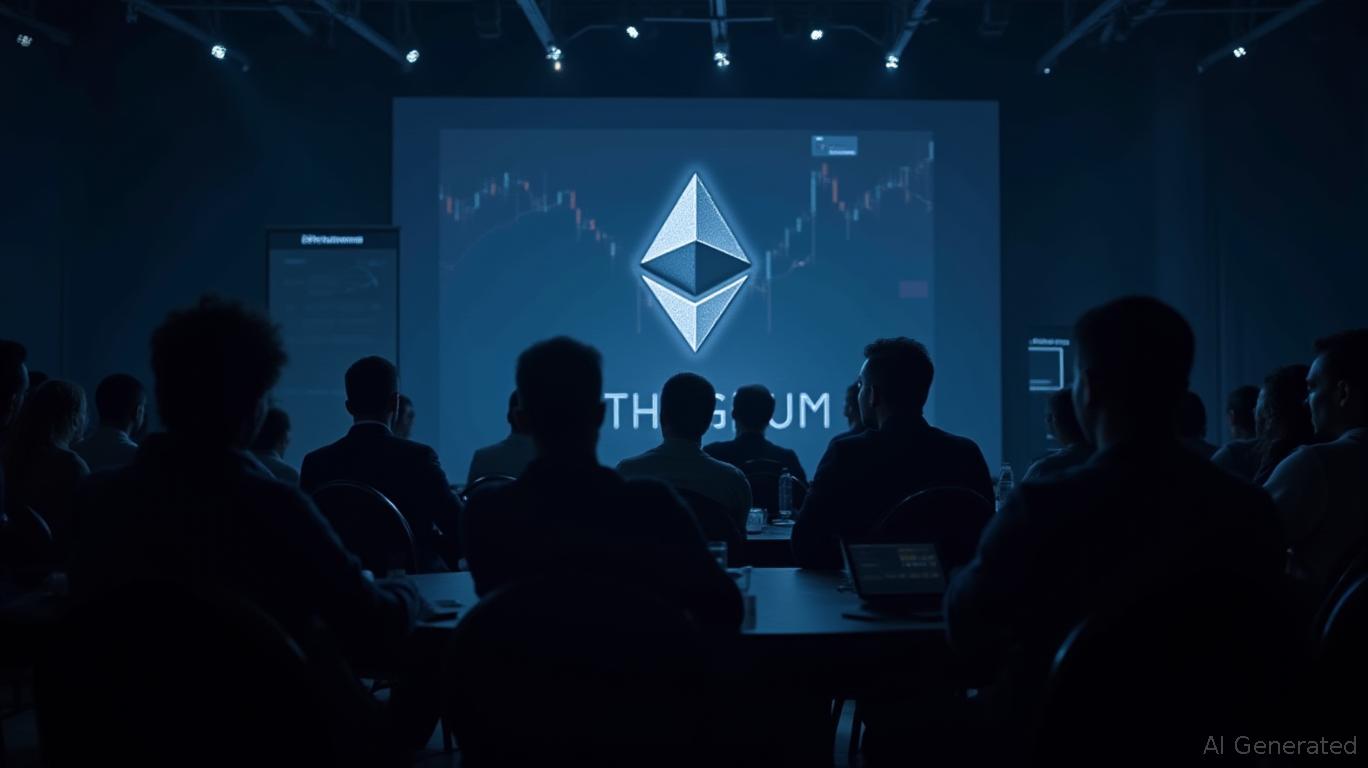Ethereum Faces Stagnant Growth Despite Institutional Interest
Ethereum’s network growth is currently facing significant challenges despite recent upgrades and growing institutional interest. The Pectra upgrade, which was designed to enhance the network's infrastructure, has not resulted in increased on-chain user activity. Analysts have observed that while the upgrade has attracted institutional players, it has not boosted retail interest or driven substantial growth in daily transactions.
The stagnant on-chain activity is a concerning trend for Ethereum. Despite the upgrade, the average user remains disinterested, and the network has seen little growth in decentralized finance (DeFi) applications. The total value locked (TVL) in DeFi protocols remains underwhelming, indicating a lack of engagement from individual investors. This trend is further exacerbated by the plunging fees on the network, which, while beneficial for users, signal low transaction volumes and demand.
Supply inflation concerns add another layer of complexity. The Pectra upgrade has led to an increase in Ethereum's supply, causing a drop in the burn rate. This shift towards inflation undermines the "ultrasound money" narrative, which has been a key selling point for Ethereum. The network's supply inflation, coupled with low transaction volumes, poses a significant challenge to its long-term growth prospects.
Institutional interest, while growing, has not translated into meaningful on-chain activity. The CME Group's regulated Ethereum futures are seeing increasing open interest, indicating institutional participation. However, spot ETH inflows in the U.S. remain extremely low, suggesting that institutional investors are not yet fully committed to the network.
The challenges faced by Ethereum are not limited to on-chain activity. The network's leadership in scalability and DeFi is being tested as institutional participation grows. Maintaining the ideology of decentralization becomes more difficult as larger players enter the ecosystem. The network's technical efficiencies have improved, but the lack of user engagement and supply inflation concerns highlight the need for further innovation and strategic adjustments.
Despite these challenges, there are signs that Ethereum might be turning a corner. The recent upgrade and increased institutional demand culminated in a notable weekly inflow of $205 million. However, as
points out, falling fees and rising circulation pose ongoing threats to Ethereum’s market stability. The integration of token standards like ERC-3643 and ERC-1400 reflects Ethereum’s push towards institutional adoption, embedding compliance features that align with traditional finance regulations. This strategic move enhances confidence among institutional players, yet it also raises the question of how to generate similar enthusiasm among retail users.To maintain its competitive edge, Ethereum must bridge
between institutional endorsements and retail participation. The potential for growth remains, especially if the network can successfully harness its advancements to engage a broader audience. As it navigates this complex landscape, Ethereum’s ability to adapt may ultimately determine its future position in the cryptocurrency ecosystem.

Comments
No comments yet